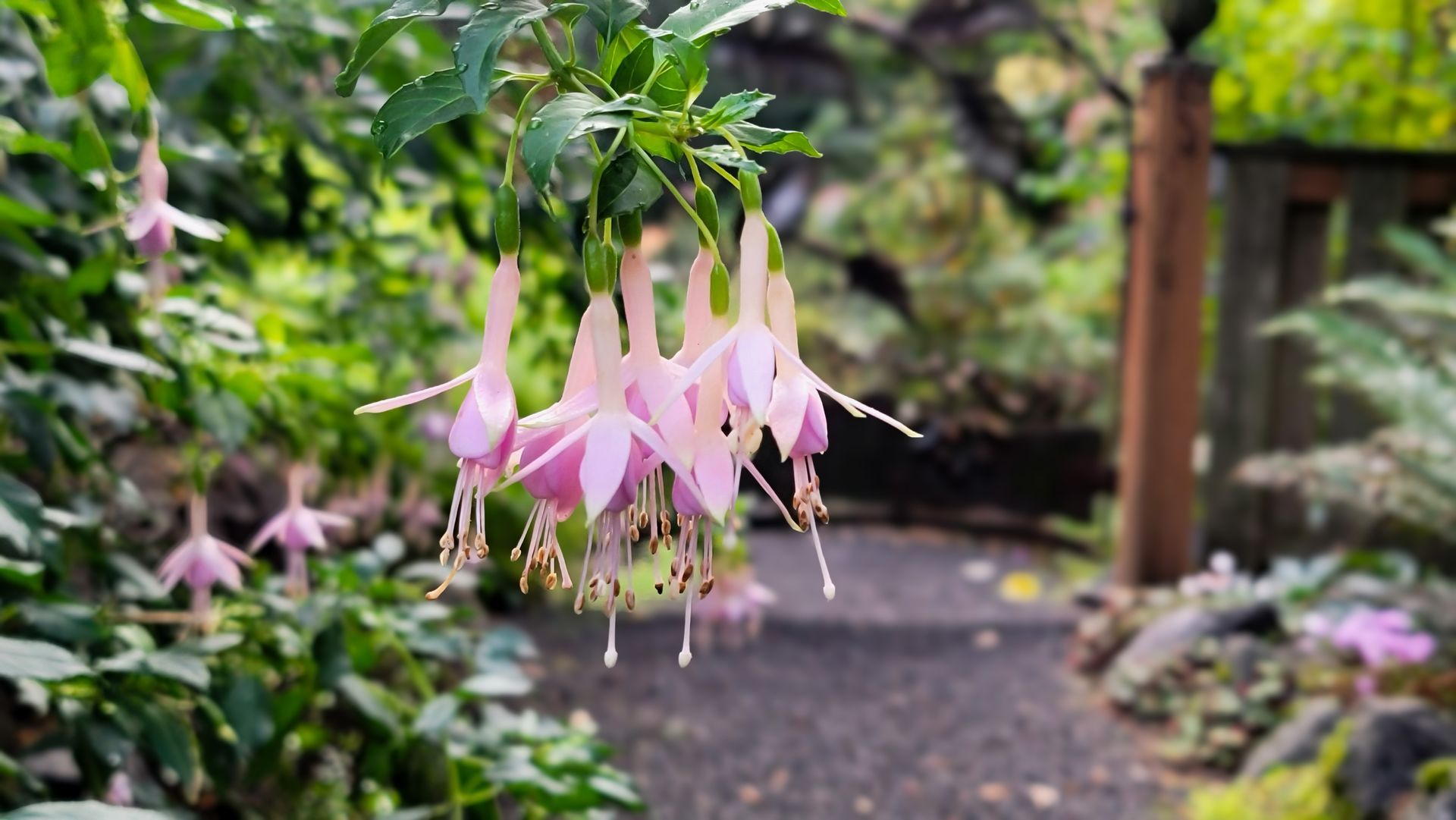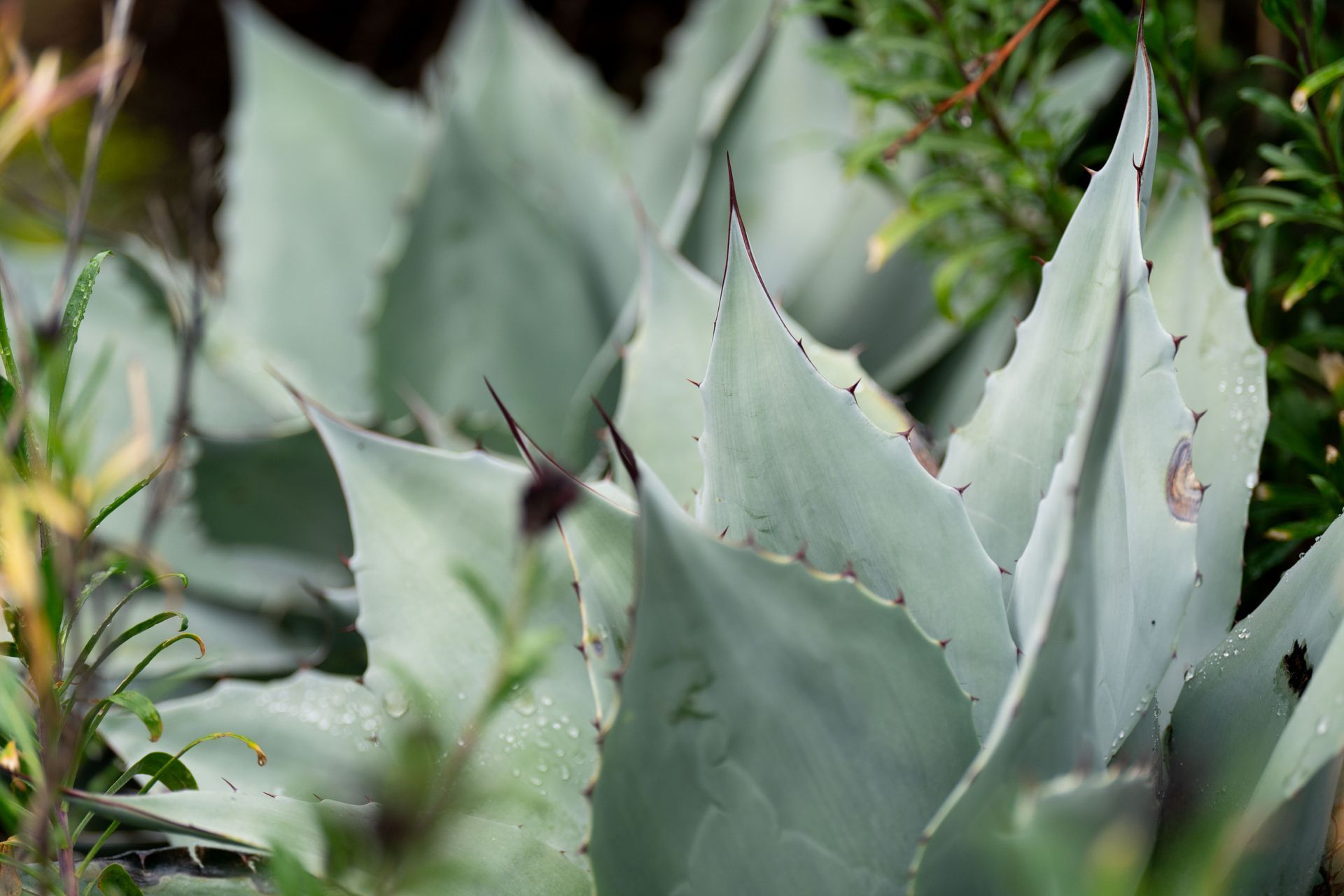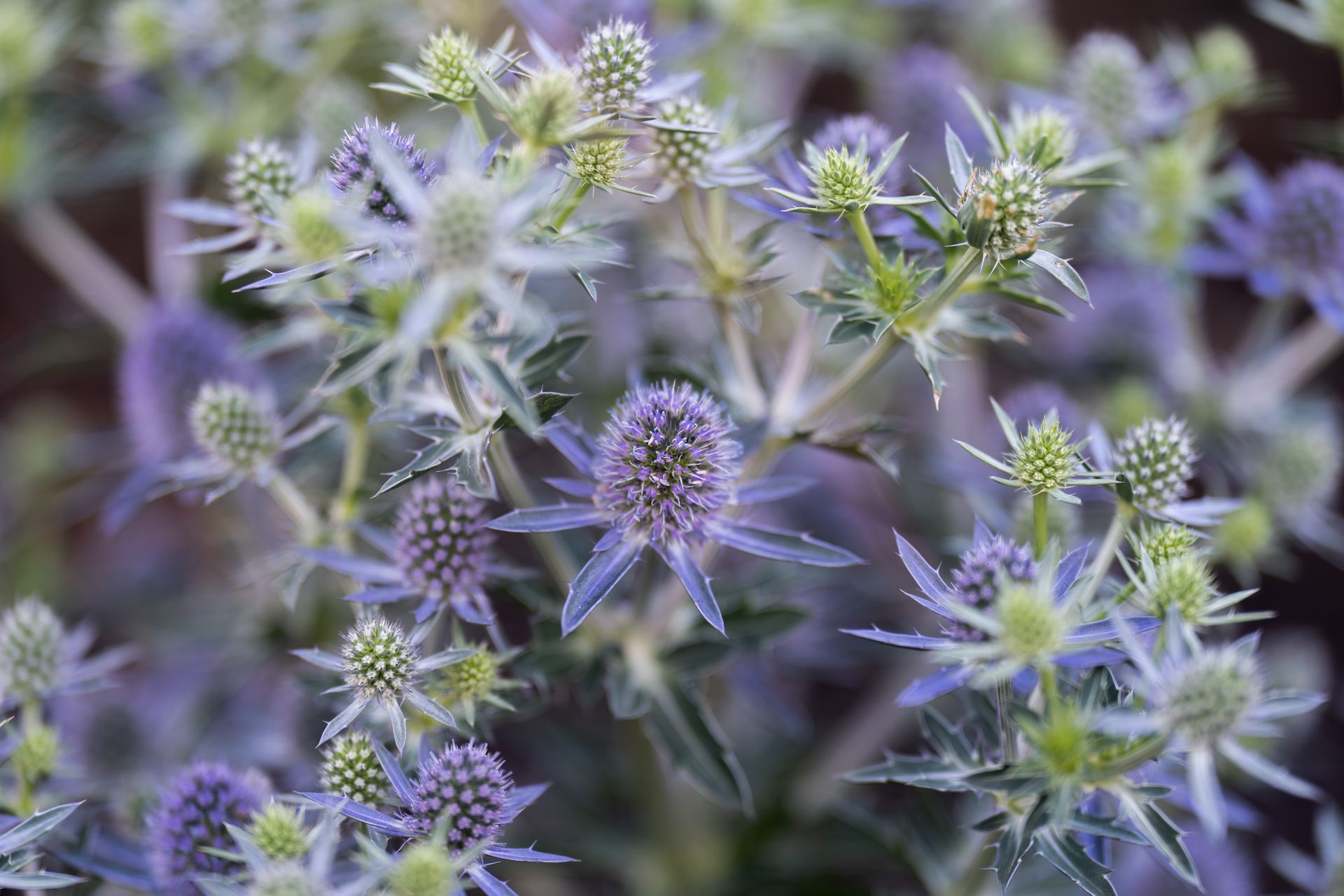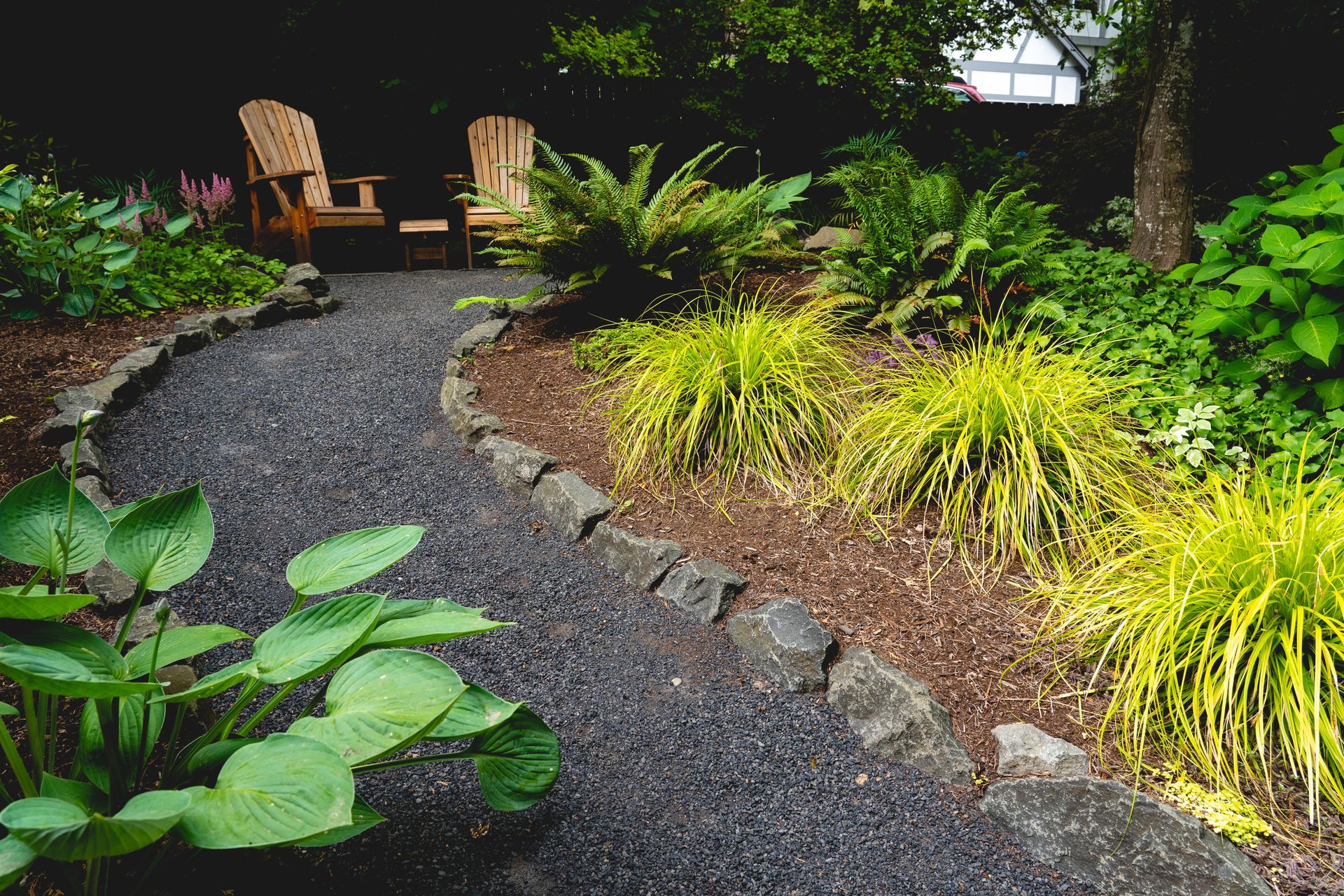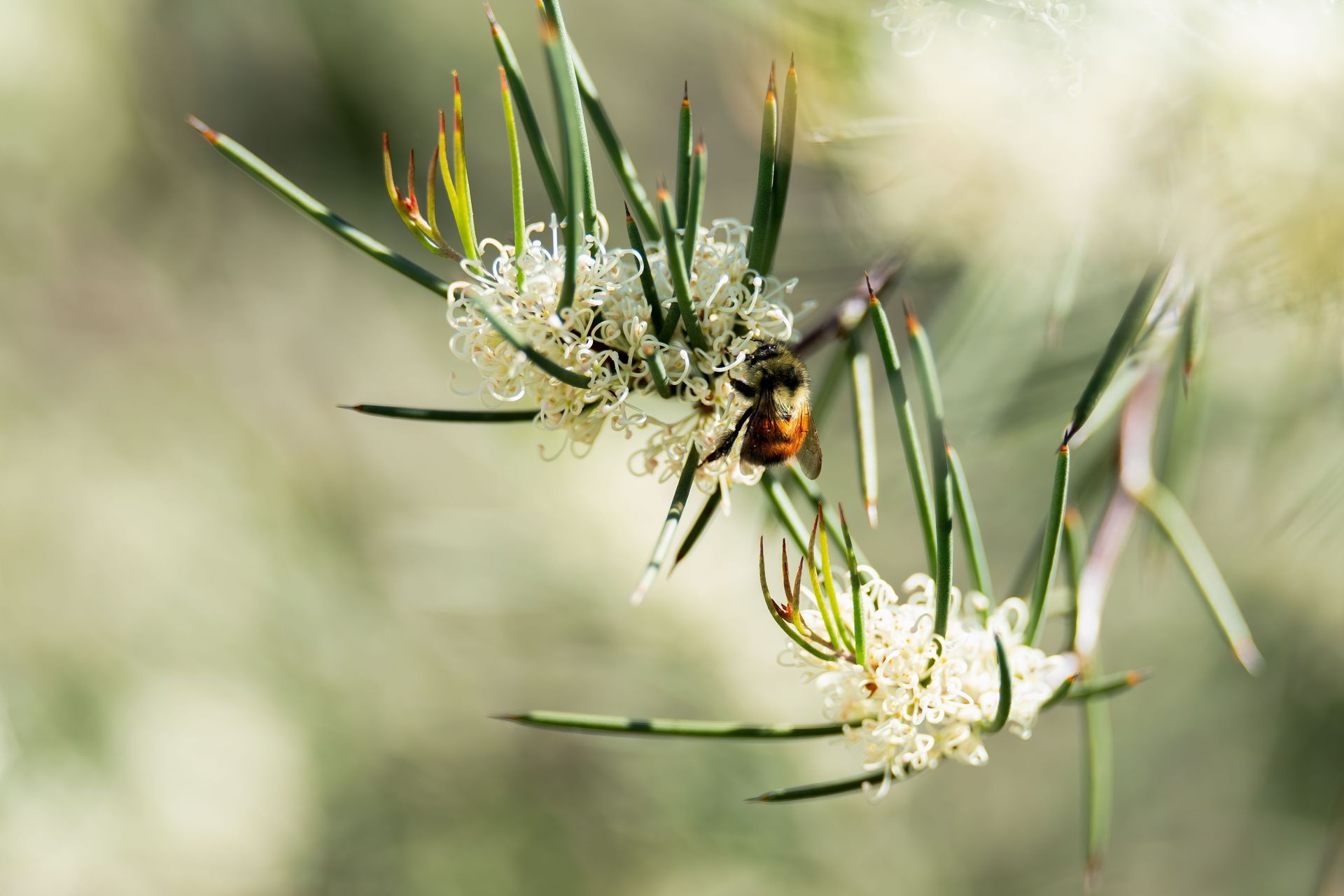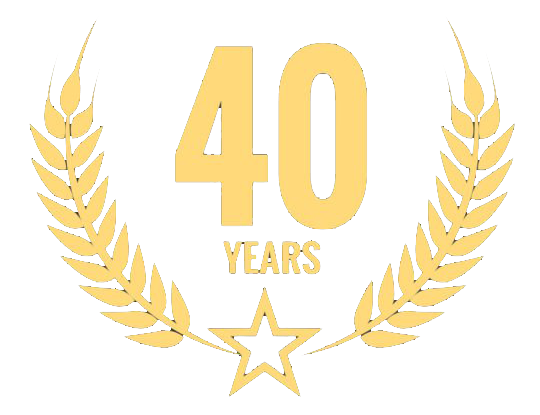Phil’s Garden Tips and Tricks for May
May is the month that has inspired so many poets and song writers over hundreds of years, mostly because here in the Northern Hemisphere it is when many of the deciduous plants put out their foliage and many of the evergreens like Rhododendrons and Camellias put out their blooms. There are many perennials such as Peonies, Campanulas and Dianthus which begin blooming this month. Most of the bulbs of March and April are now finished and the warmer days have returned.
Those who are not so aware of the seasons might think that now is the best time to plant everything. But that is not true. It is the time to plant the vegetable garden, the lettuces, cucumbers and so on. However, the tomatoes and peppers should wait ’till June to really do well, that is when the real, regular warmer weather shows up.
The time to plant shrubs and trees is best done in the latter half of October through March when it is cooler and the rainy season descends. For now, if one plants shrubs and trees, they will need to be babied through this first summer or they will die because we are going into the dry season of our year. As a business we plant all year long because we have jobs all year long, but we have found that planting is the most successful if done in October through March.
The time to plant lawns by seed is April/May and September/October, but these seeds also need to be babied to get rooted and grow. July/August is often very hot and difficult (if not impossible), to get lawns to grow from seed, and the months of November through March are often too cold and wet and the seeds just rot. Often the best alternative is the more expensive but quicker method, laying down sod. Sod can be placed almost anytime of the year in our climate.
There is a cycle to the seasons and a best time for each gardening activity. May is the month for incredible growth of both weeds, (unwanted plants) and wanted plants! Therefore, it is the month to be diligent, but do not allow yourself to get overwhelmed. Simply make sure that the weeds which are preparing to set seed now, are the first to be pulled, and those who are still just thinking about it can be left for next week. Those plants which are going to seed should be put in the debris container. Never throw them on the ground! They will simply place your weed seeds there. The other weeds, which are just green growth and not going to seed, may be placed back in the bed behind some of your plants which you want, as long as the air is dry and they can shrivel. They will then just turn into mulch! If you allow yourself the luxury of NOT pulling the weeds going to seed and play a video game instead, you will be preparing for an even BIGGER onslaught of weeds next year.
Here is the list of Phil’s garden tasks for May…
-
- Buy tender annuals and plant outside in your pots or flower beds if you are going to have blooming flowers such as Petunias and Impatiens. When a plant just lives through the growing season it is called an annual.
- Begin moderate watering of lawns and beds. They begin drying out much more quickly this time of the year. Soak once every two weeks, more often if dry.
- Fertilize lawn with a natural fertilizer (non-petrochemical).
- Mow regularly. Set your lawn mower one more setting higher.
- Thatch and renovate lawn only if you actually need it. If you use totally natural fertilizer, and not petroleum derivatives, you probably will never need to do this step as the earthworms will take care of your thatch and keep your ground, free-draining.
- Weed.
- If you have notches in your Rhodie and Azalea leaves you can Begin root weevil control. Safe alternatives are the use nematodes, DE (diatomaceous earth) or sticky traps on trunks of plants.
- This is the time of the year to fertilize rhododendrons, azaleas and all shrubs that actually need it. If they look good and green and you mulch them they may not need any additional fertilizer. If you are into the neat and tidy look then it is the time to remove spent blossoms on shrubs like Rhodies, which have finished blooming.
- Prune plants that need it after they flower this month, such as a Rhododendron, if it actually needs it.
- Plant chrysanthemums now for perennial fall color.
- Control aphids by washing foliage with soap suds, removing by hand, by pesticides, or by promoting natural predators, such as Ladybugs.
- Tiny holes in foliage and the appearance of shiny, black beetles on cabbage, and potatoes indicate flea beetle attack or possibly cabbage butterflies. Treat the ground around the stems with DE, spray with BT (bacillus Thuringensis), soapy water; pick them off if you can find them, or all of the above.
- Control slugs with bait, salt, or by smashing.
- Begin liquid fertilizing of your new annuals. annuals. Natural organic fertilizer is best. Every two weeks is optimal right after you water.
- Later in the month, plant these warm season vegetables: tomatoes, peppers, egg plants, snap and lima beans, Brussels sprouts, slicing and pickling cucumbers, dill, kale, pumpkins, summer and winter squash, onions, potatoes.
- Spray fruit, nut, and shade trees for tent caterpillars, if present.
Be fearless, oh real estate/property owner! Tackle your land and bring it under control. Doing so can easily take the place of paying a gym to work out and it is right there at your finger-tips!

